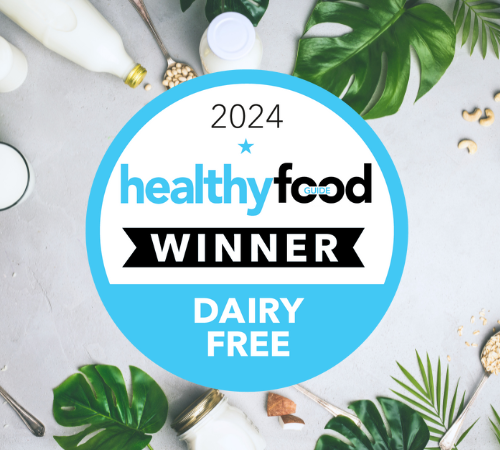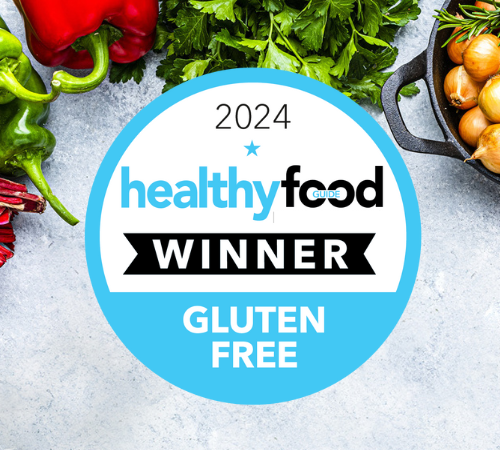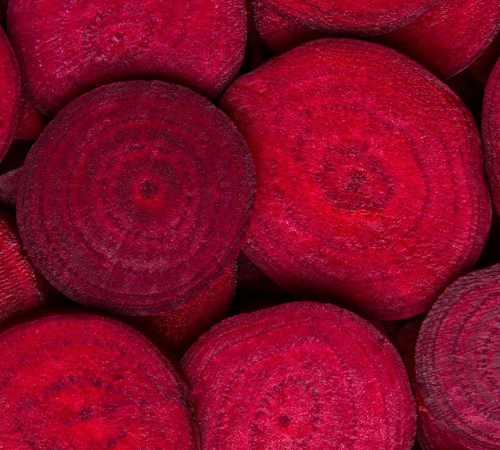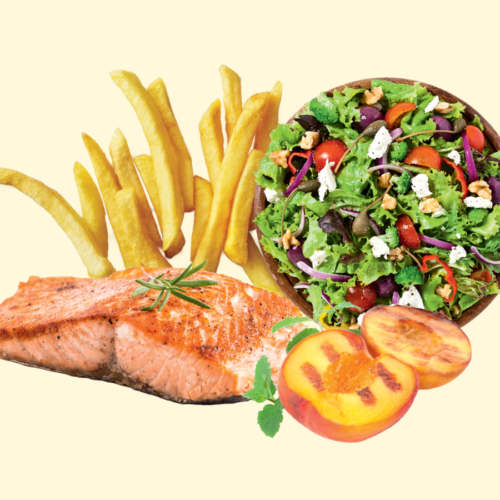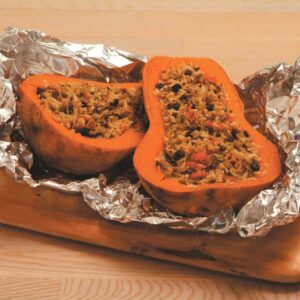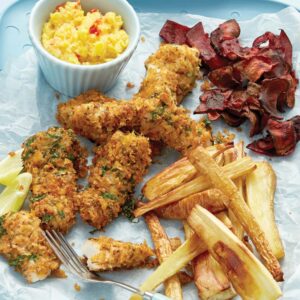
The word organic makes it sounds like a food might be healthier. How does an organic muesli stack up against a regular one?
Nicola’s Organics Organic Muesli, Maple Almond Toasted

Ingredients: Rolled oats, raisins, (raisins, sunflower oil), maple syrup, sunflower oil, sunflower seeds, almonds and vanilla extract.
Per 50g serve: 751kJ, 5.6g protein, 6.4g fat, 0.8g sat fat, 25.3g carbs, 5.7g sugars, 3.7g fibre, 4mg sodium; $0.96
vs
Sanitarium Toasted Muesli, Nuts & Seeds

Ingredients: Cereals 64% (wholegrain oats (63%), puffed buckwheat, puffed sorghum), sugar, nuts 10% (cashews, almonds), seeds 6% (sunflower, pumpkin), canola oil, barley malt extract, golden syrup, flavour and sea salt.
Per 50g serve: 950kJ, 6.5g protein, 8.9g fat, 1.3g sat fat, 28.2g carbs, 7.6g sugars, 3.8g fibre, 38mg sodium; $0.54
There are many reasons people buy, or would prefer to buy, organic foods.
Some believe organics are more nutritious. While differences are small and possibly insignificant, there is some evidence that organically grown plants may produce more antioxidants. Many people perceive organics to be healthier, perhaps because they suspect there is some potential harm from residual chemicals used in traditional food production. This is despite residues being monitored to ensure they remain well below levels that could affect our health.
Another major consideration for many is sustainability and the potential harm to our environment from chemicals and pesticides used in conventional food production. Where animals are involved, animal welfare issues come into play as well.
While the idea of buying organic is appealing on many levels, often practicalities get in the way. Price is a major factor and, when we compare our two toasted mueslis, the organic product is 76 per cent more expensive.
Nutritionally, both of these mueslis stack up pretty well. The organic muesli has less added sugar and fat so is lower in kilojoules. But the Sanitarium muesli is higher in fat because it contains nuts, so that’s not a bad thing. Both of these cereals are good breakfast options.
Article sources and references
- Hughner RS et al. 2007. What motivates consumers to buy organic food in the UK? Results from a qualitative study. Journal of Consumer Behaviour 6:1-17https://onlinelibrary.wiley.com/doi/abs/10.1002/cb.210
- Kazimierczak R et al. 2014. Beetroot (Beta vulgaris L.) and naturally fermented beetroot juices from organic and conventional production: metabolomics, antioxidant levels and anticancer activity. Journal of the Science of Food and Agriculture. 94:2618-29https://www.ncbi.nlm.nih.gov/pubmed/24798659
- Organics Aotearoa New Zealand. 2016. New Zealand Organic Market Report. Organics Aotearoa New Zealandhttp://www.oanz.org/publications/reports.html
- Ren F et al. 2017. Higher antioxidant activity, total flavonols, and specific quercetin glucosides in two different onion (Allium cepa L.) varieties grown under organic production: results from a 6-Year field study. Journal of Agriculture and Food Chemistry 65:5122-32https://www.ncbi.nlm.nih.gov/pubmed/28612608
www.healthyfood.com



